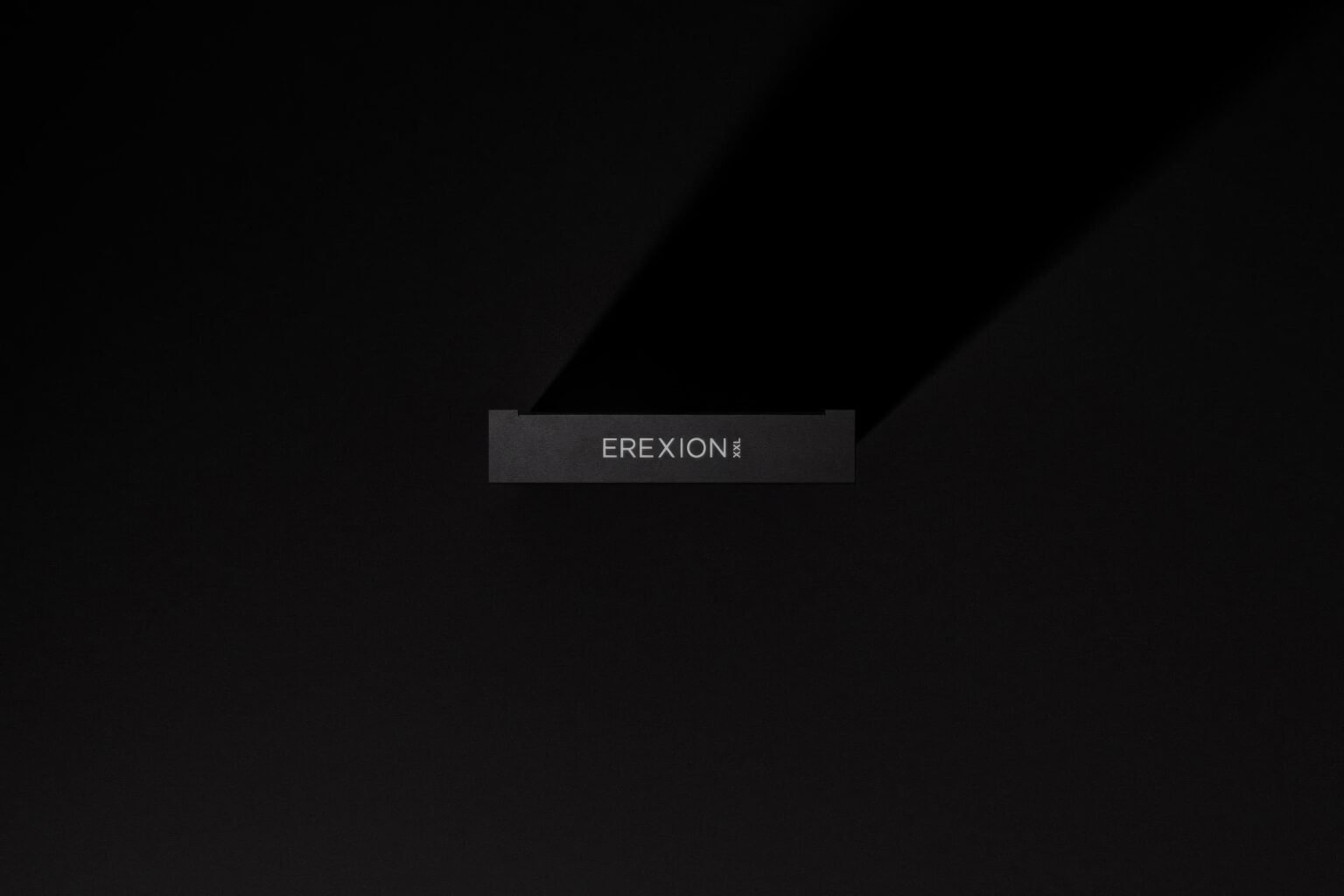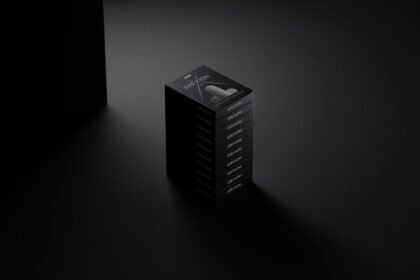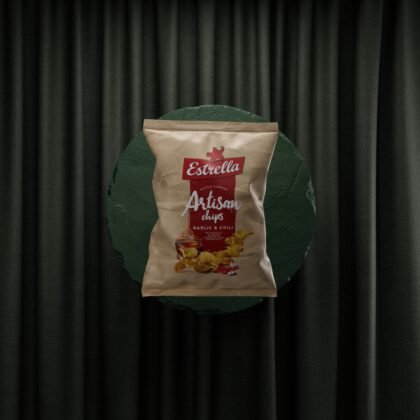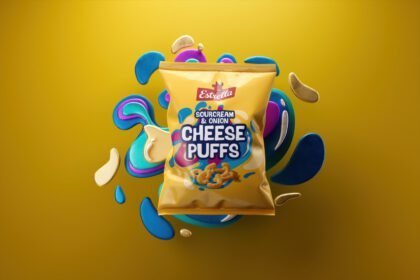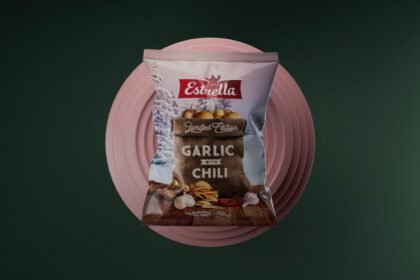In a world where consumers are spoiled for choice and attention spans are fleeting, package design has become a decisive factor in attracting customers and driving sales. Far more than just a container, effective packaging communicates a brand’s identity, values, and promise. In this post, I’ll explore the essential elements of impactful package design and how it can make or break a product’s success.
The Power of First Impressions
Package design is often the first interaction a customer has with a product. It’s not just an aesthetic choice but a form of communication. Packaging tells a story, reflects a brand’s values, and creates an emotional connection. When used creatively, it becomes one of the most visible and cost-effective media channels a brand can leverage, ensuring its message reaches the customer in a memorable way.
Standing Out in Every Environment
A standout package design isn’t just about grabbing attention in a physical store. In today’s digital-first shopping environment, it’s equally important for the design to be recognizable in a small online thumbnail. Many brands miss this critical point, but a design optimized for both physical and digital contexts ensures a product is as impactful on a retail shelf as it is on an e-commerce platform.
Functionality Meets Creativity
Beyond its appearance, packaging must also be practical. Great designs seamlessly combine form and function, making the packaging not just visually appealing but user-friendly. Cleverly designed closures, stackable shapes, or reusable elements can enhance usability and create added value for the customer while still looking incredible.
Sustainability as a Standard
With growing environmental awareness, sustainable packaging is more than a trend—it’s an expectation. Brands are finding innovative ways to use eco-friendly materials, reduce waste, and maintain visual appeal. Sustainable designs can strengthen customer loyalty by aligning the brand’s actions with the values of environmentally conscious consumers.
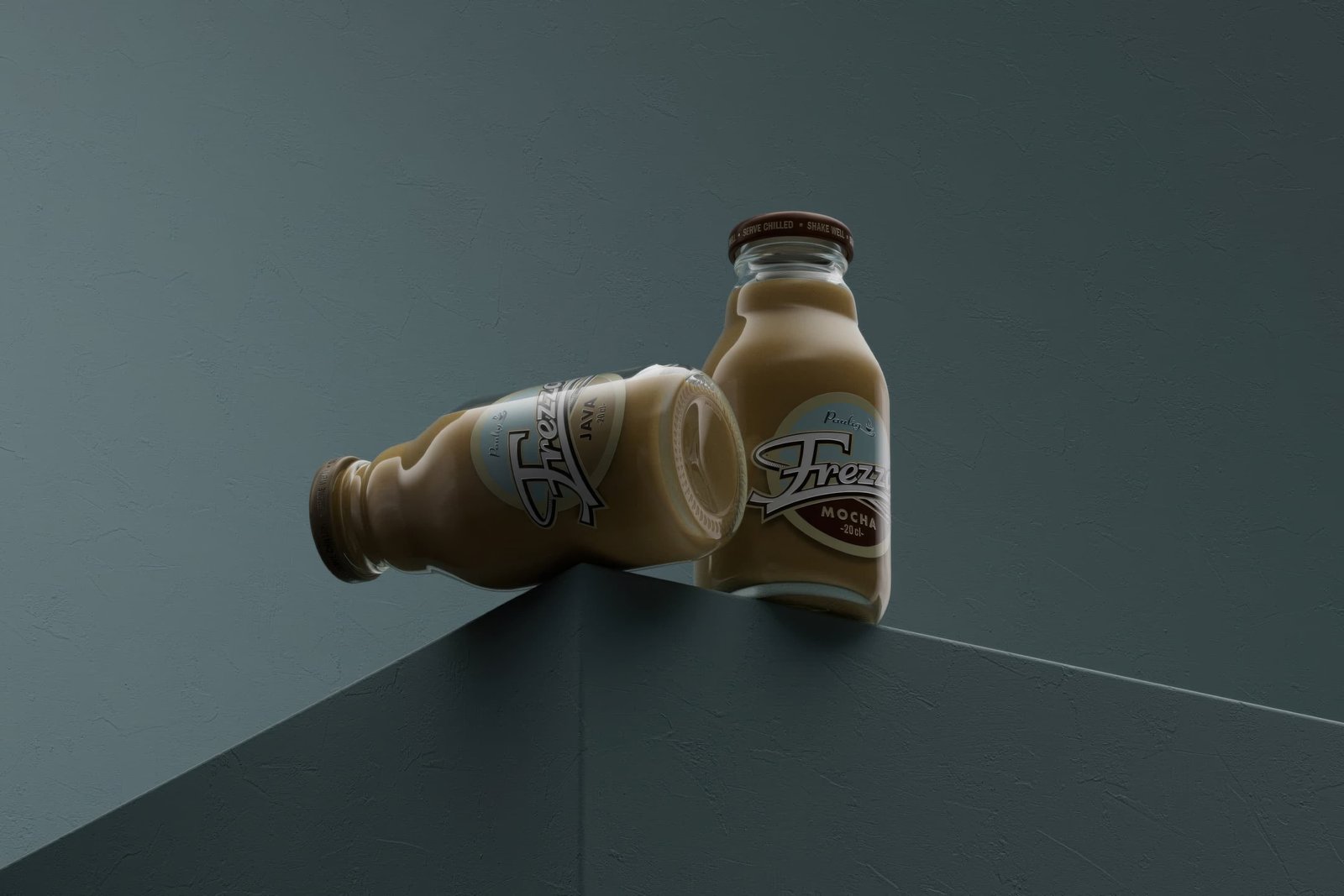
Technology Transforming Packaging
Advancements in technology have unlocked new possibilities for packaging design. Augmented reality features, smart packaging with QR codes, and interactive elements transform packaging into more than just a container—they turn it into an experience. These innovations not only enhance the customer journey but also reinforce a brand’s image as forward-thinking and innovative.
Conclusion: Packaging as a Strategic Asset
Effective package design combines creativity, functionality, and strategy. It’s not just the product’s first impression but also its most consistent visual touchpoint. Packaging serves as a powerful media channel, a tool for storytelling, and a bridge between physical and digital retail spaces. When done right, it becomes a critical part of the product experience, capturing attention, building trust, and leaving a lasting impact.
By investing in thoughtful packaging design that works in every environment and leverages the latest innovations, brands can elevate their products, affirm the price point and strengthen their market position.
